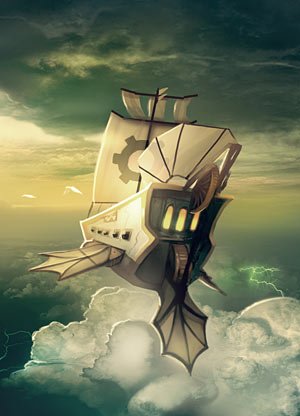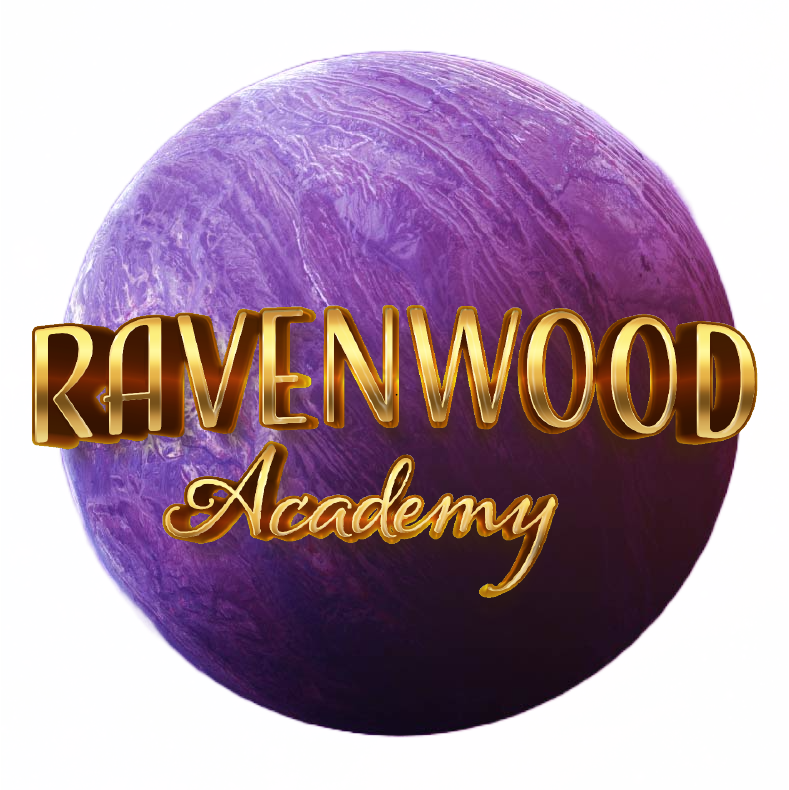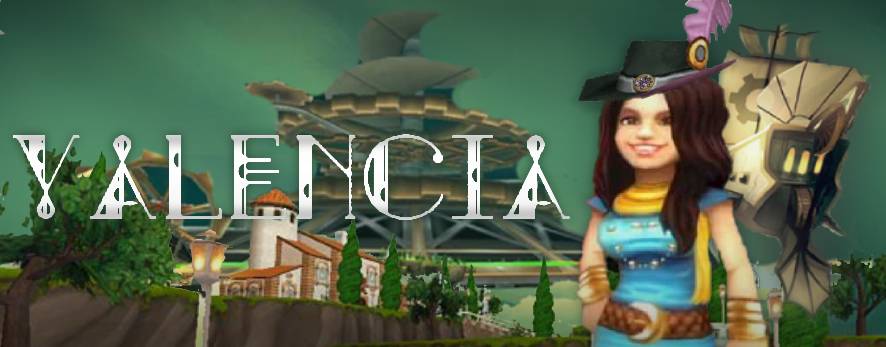
T
Tense Theme
You may receive this music scroll from fishing in the Amber Estate, the Fire House, the Polarian Shipwreck, or The Acropolis

Espionage Theme
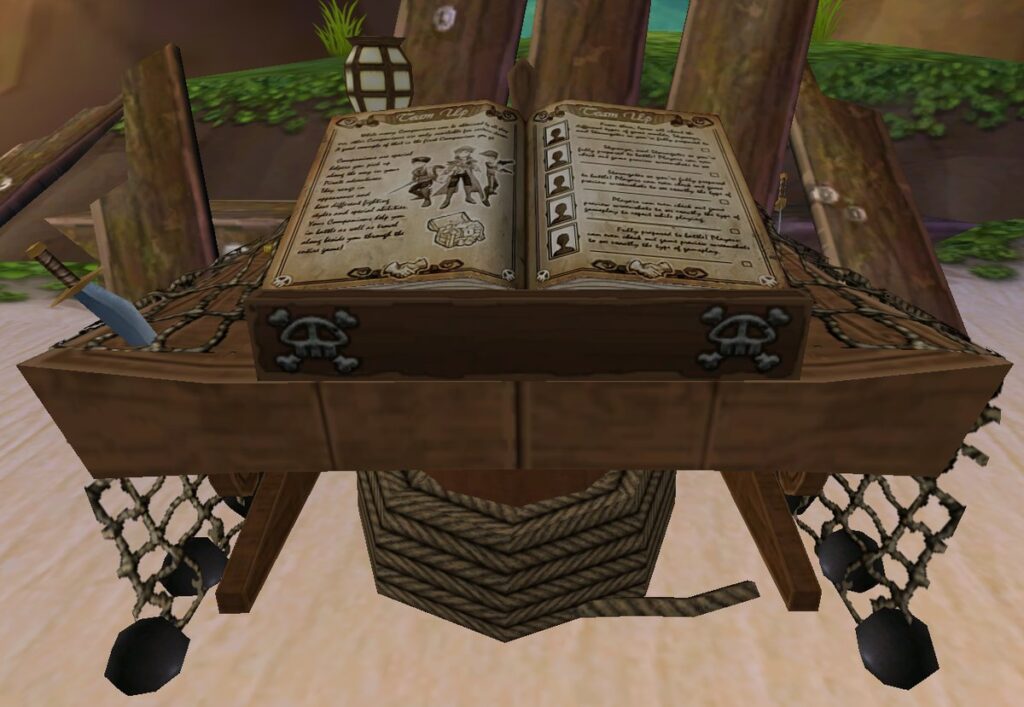

At timestamp 0:40, the piano and strings finally come together in harmony. They start a new chord progression together, leading into a new section. In a mournful style, the piano plays a new solo line as the strings quietly sustain in the background.
Skyway Theme
You may receive this music scrolls from fishing in the Botanical Gardens, Fire House, Life House, Serpentine Escape
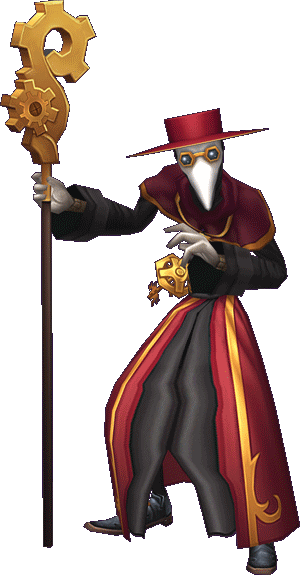
Danger Theme

Thank you, Starlights, for venturing through the music of Valencia with me. Have a wonderful night.
Disclaimer
Please note: I transcribed the music from the original/classic mode music scrolls. Not all of my transcriptions are 100% accurate, but they are close and the rhythm is properly notated
